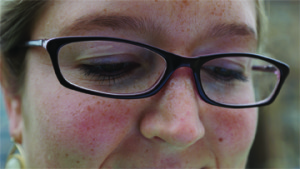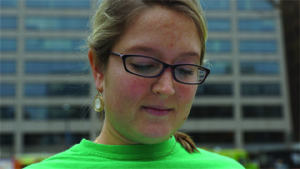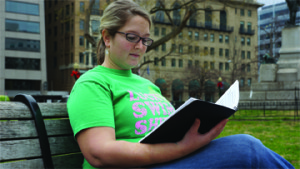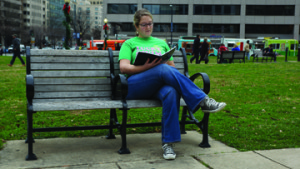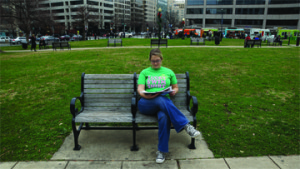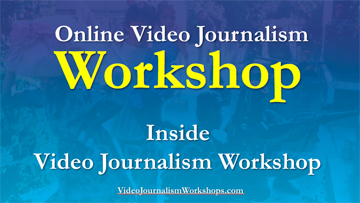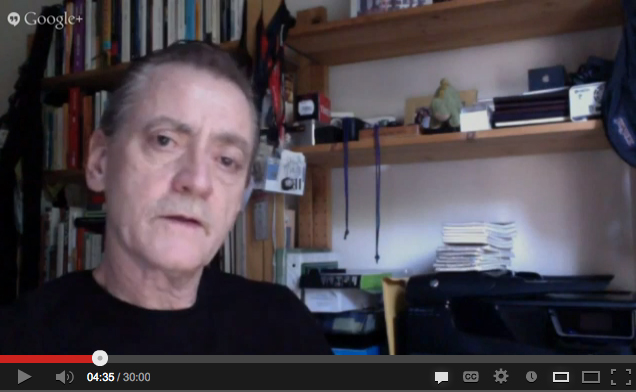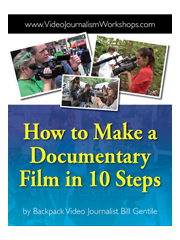Bill is on a road trip to Montevideo, Uruguay and is sending in video posts. Today is the first day and he is getting ready for a five day Backpack Video Journalism workshop. Bill will be at Ikusi a non-profit that uses multimedia and especially video.
